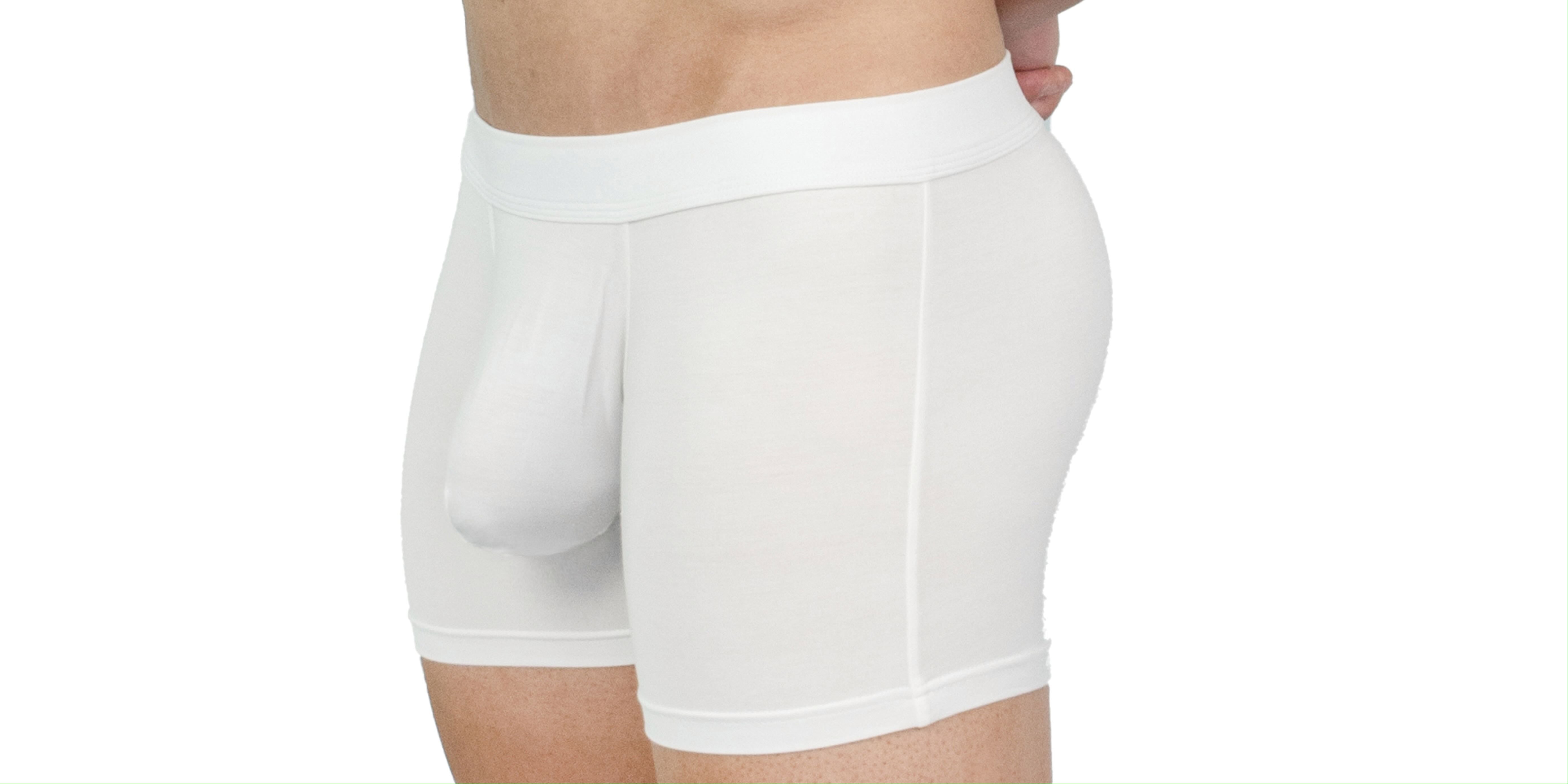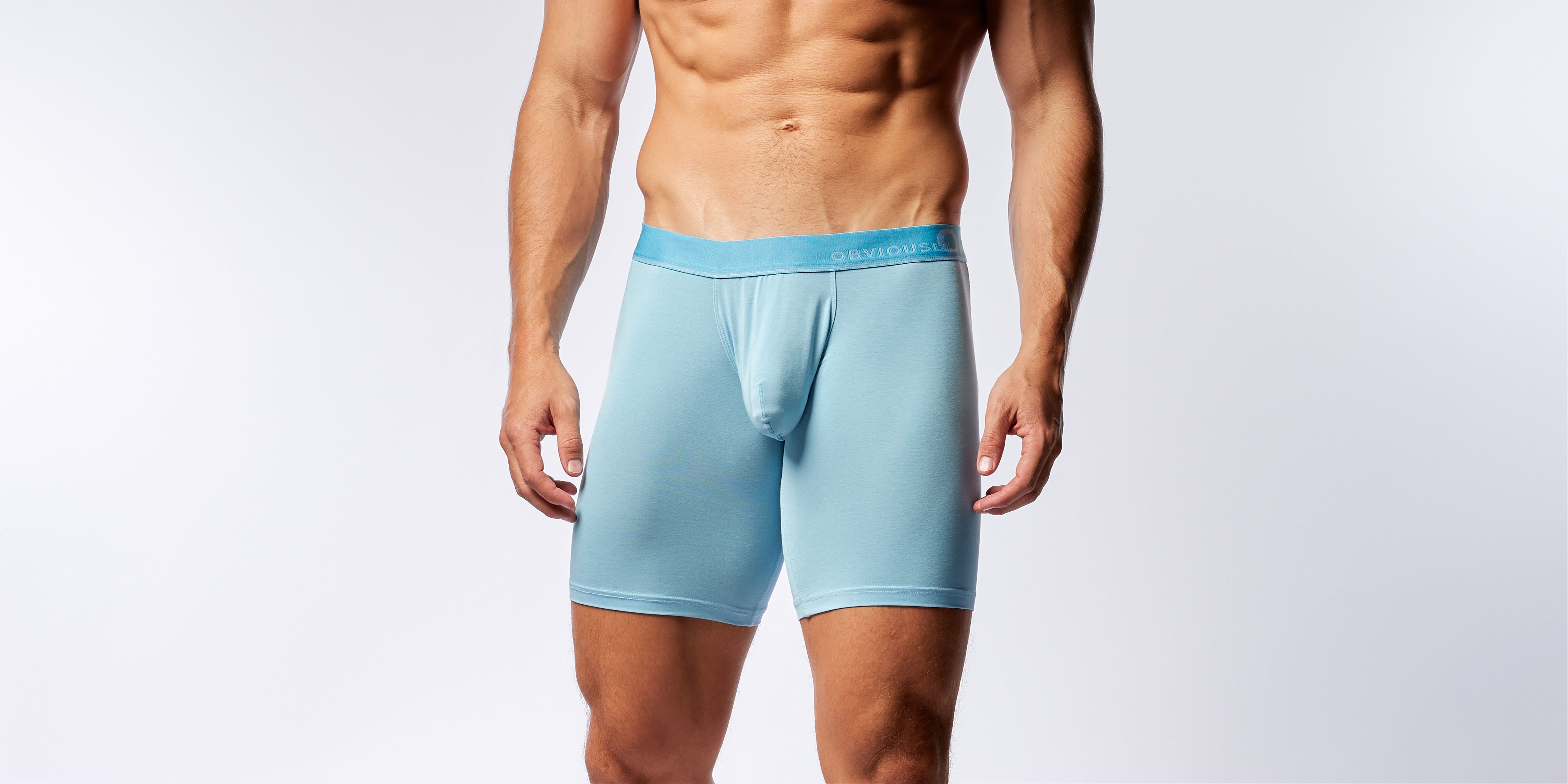
What Are Tighty Whities: History Of Tighty Whities
In the ever-changing world of men's fashion, few items have stood the test of time like tighty whities. These iconic white briefs, characterized by their close fit and supportive design, have a rich vintage history that dates back to the early 20th century. As a symbol of both comfort and classic style, tighty whities have navigated through various fashion trends, earning a revered place in the hearts and drawers of men worldwide. This article delves into the origins, evolution, and cultural significance of tighty whities, celebrating their lasting impact on men's underwear.
What Are Tighty Whities?
Tighty whities, also known as white briefs, are a classic style of men's underwear characterized by their snug fit and iconic white color. Designed to provide maximum support and comfort, they feature an elastic waistband and a Y-shaped front fly for easy access. Unlike boxers, tighty whities offer a close fit that contours to the body, making them ideal for wearing under fitted clothing. Their simplicity and practicality have made them a staple in men's wardrobes for decades, appealing to those who value both tradition and functionality in their underwear choices.
The History Of Tighty Whities
The history of tighty whities dates back to the early 20th century, with their origins rooted in the quest for more practical and comfortable men's underwear. Before their invention, men primarily wore long johns or loose-fitting undergarments that lacked support. In 1935, the Cooper Underwear Company, now known as Jockey International, revolutionized men's underwear by introducing the first pair of briefs. These new briefs, designed by Arthur Kneibler, were inspired by the form-fitting swimwear of French men. The design featured a snug fit, an elastic waistband, and a Y-shaped front fly, providing unprecedented support and comfort.
The introduction of tighty whities marked a significant shift in men's fashion, quickly gaining popularity for their practicality and modern look. Throughout the 1940s and 1950s, tighty whities became a symbol of the modern man, embraced for their clean lines and functional design. The post-war era saw an increase in their popularity as they were marketed as the epitome of masculine style and comfort.
In the following decades, tighty whities maintained their status as a wardrobe staple, even as other styles of men's underwear emerged. The 1970s and 1980s saw a diversification in men's underwear options, but tighty whities remained a constant, celebrated for their timeless appeal. Their cultural significance was further cemented by appearances in popular media, from movies to advertisements, reinforcing their iconic status.
Today, tighty whities continue to be a popular choice for men who appreciate their blend of tradition, comfort, and practicality. Their enduring presence in the fashion world is a testament to their innovative design and the lasting impact they have had on men's underwear.
Whats The Difference Between Men's Briefs and Tighty Whities?
Design and Fit
- Men's Briefs: Available in various colors and patterns, men's briefs come in different cuts, including low-rise, mid-rise, and high-rise, offering a range of fits from snug to more relaxed.
- Tighty Whities: Specifically characterized by their white color and classic design, tighty whities are typically mid-rise and provide a snug, supportive fit that contours closely to the body.
Material
- Men's Briefs: Can be made from a variety of materials, including cotton, microfiber, and blends, catering to different preferences for breathability and stretch.
- Tighty Whities: Traditionally made from 100% cotton, emphasizing comfort and breathability, although modern versions may incorporate a small percentage of elastane for added stretch.
Cultural Perception
- Men's Briefs: Seen as a versatile underwear option that can be both functional and fashionable, appealing to a broad audience with diverse style preferences.
- Tighty Whities: Often viewed as a classic and nostalgic choice, tighty whities carry a cultural significance and iconic status, symbolizing simplicity and timeless style.
Practicality
- Men's Briefs: Offer a range of practical features, such as moisture-wicking fabrics and ergonomic designs, catering to specific needs like athletic performance or everyday comfort.
- Tighty Whities: Known for their straightforward design and practicality, they provide reliable support and comfort for daily wear, making them a staple in many men's wardrobes.
Popularity
- Men's Briefs: Enjoy widespread popularity with a variety of styles to suit different tastes and occasions, from casual to formal wear.
- Tighty Whities: Remain a popular choice for those who appreciate their traditional design and the comfort they offer, maintaining a loyal following despite changing fashion trends.

Are All Tighty Whities White Underwear?
While the term "tighty whities" traditionally refers to white briefs, not all white underwear falls under this category. Tighty whities are specifically known for their classic design, which includes a snug fit, an elastic waistband, and a Y-shaped front fly. They are typically mid-rise and made from cotton, emphasizing comfort and support. However, white underwear can come in various styles, such as boxers, boxer briefs, and trunks, which differ in fit, design, and functionality. Therefore, while all tighty whities are white briefs, not all white underwear can be classified as tighty whities.
Are Tighty Whities Bad For You?
While tighty whities have long been celebrated for their support and classic design, advancements in fabric technology and ergonomic design have led to the development of more comfortable underwear options today. Modern alternatives such as boxer briefs, trunks, and performance underwear often feature moisture-wicking materials, seamless construction, and enhanced breathability, providing superior comfort and reducing the risk of irritation. These contemporary styles offer a better fit and greater flexibility, catering to the active lifestyles and diverse preferences of today's men. Consequently, while tighty whities remain a nostalgic and functional choice, many find that newer underwear types offer enhanced comfort and practicality.
Are Tighty Whities More Common In Boys or Men?
Tighty whities are commonly worn by both boys and men, but their prevalence can vary based on age and personal preference. For boys, tighty whities are often chosen by parents for their simplicity, ease of use, and reliable support. They are seen as a practical option for young children who need comfortable and durable underwear. Among men, tighty whities hold a nostalgic appeal and are favored by those who appreciate their classic style and dependable fit. However, as men grow older and explore different underwear styles, many may transition to other types such as boxer briefs or trunks, which offer more modern features and enhanced comfort. Despite this, tighty whities continue to maintain a loyal following among men who value their traditional design and practicality.
Conclusion
In conclusion, tighty whities have carved out a unique and enduring place in the history of men's underwear, celebrated for their classic design, comfort, and practicality. From their revolutionary introduction in the 1930s to their iconic status in modern fashion, these white briefs have remained a staple in many men's wardrobes. While contemporary underwear options offer advanced materials and ergonomic designs, tighty whities continue to be cherished for their simplicity and timeless appeal. Whether chosen for nostalgia, comfort, or style, tighty whities exemplify the enduring legacy of a truly classic piece of men's fashion.
Final Thoughts
Discover a new level of comfort with Obviously Apparel, where your comfort is our top priority. Browse our wide selection of boxer briefs, jockstraps, and trunks, all designed with your style in mind. Enjoy the supreme comfort and happiness that come from our high-quality fabrics. Enhance your underwear drawer with Obviously Apparel and redefine your daily comfort standards.
Sources




